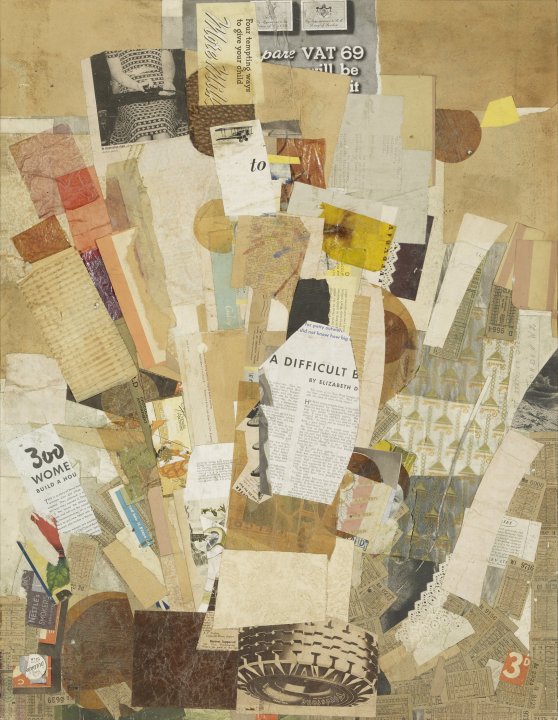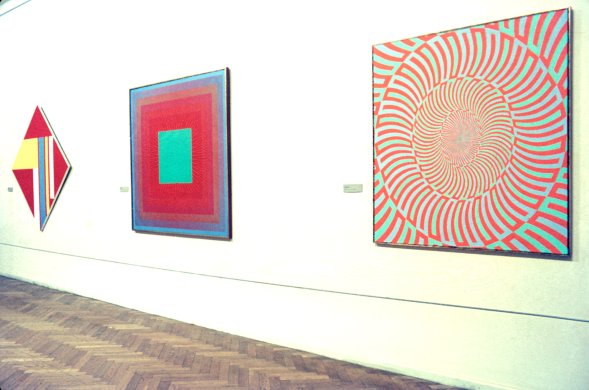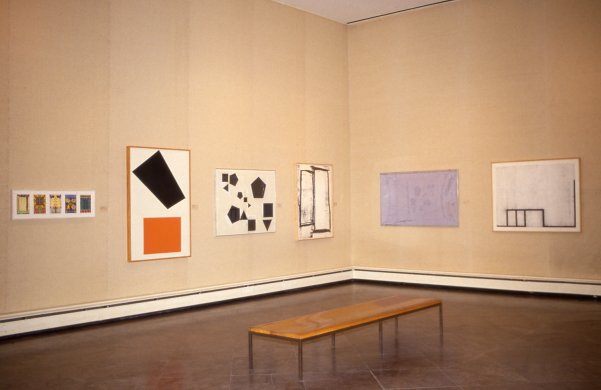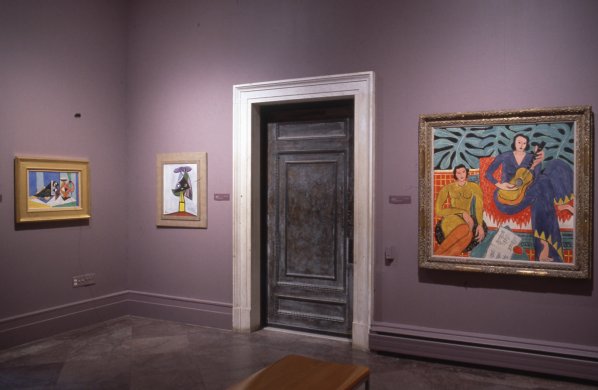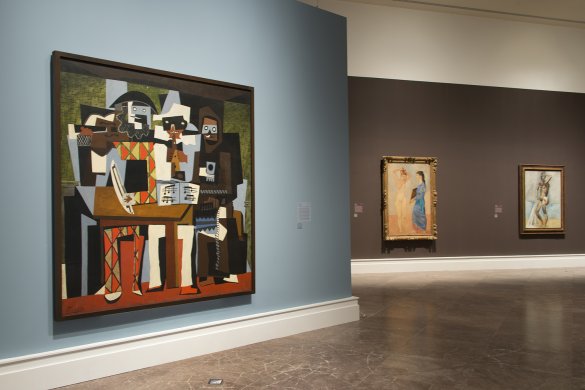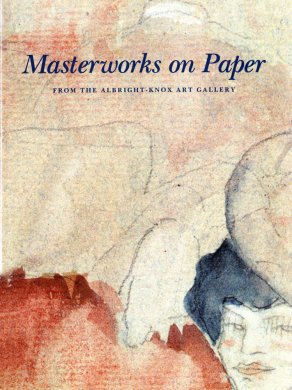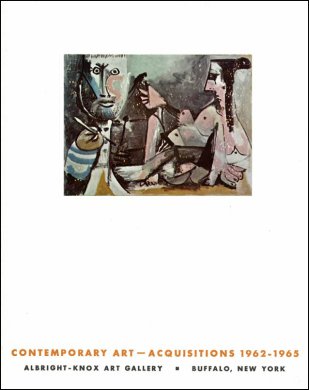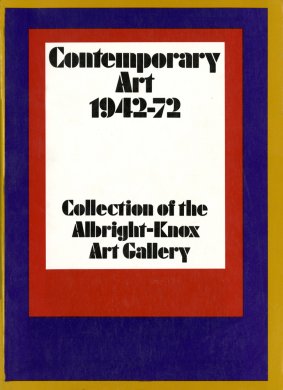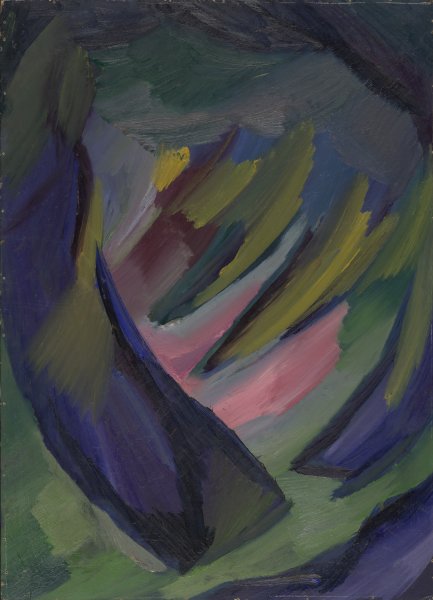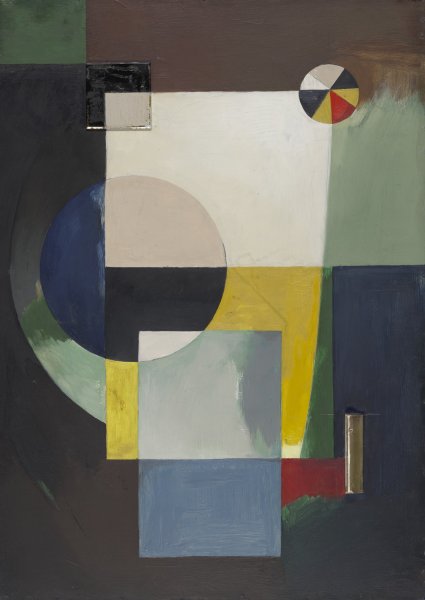Kurt Schwitters
German, 1887-1948
Difficult, 1942-1943
Artwork Details
Collection Highlight
Materials
collage
Measurements
sheet: 31 1/4 x 24 inches (79.37 x 60.96 cm); framed: 37 3/4 x 30 3/4 x 2 inches (95.88 x 78.1 x 5.08 cm)
Collection Buffalo AKG Art Museum
Credit
Gift of The Seymour H. Knox Foundation, Inc., 1965
Accession ID
1965:14
Influenced by Cubism, in 1918 Kurt Schwitters began making collages in a style he called “Merzbilder” (or “Merzpictures”). The term “Merz” comes from the German phrase “Kommerz und Privatbank,” which the artist found on a scrap of newsprint. Collages like Difficult were born out of poverty in post–World War I (1914–18) Germany; Schwitters literally created his art out of the physical ruins of the culture. “I felt myself freed [from the war] and had to shout my jubilation out to the world,” he recalled. “Out of Parsimony [frugality] I took whatever I found to do this, because we’re now a poor country.”
Label from Picasso: The Artist and His Models, November 5, 2016–February 19, 2017
